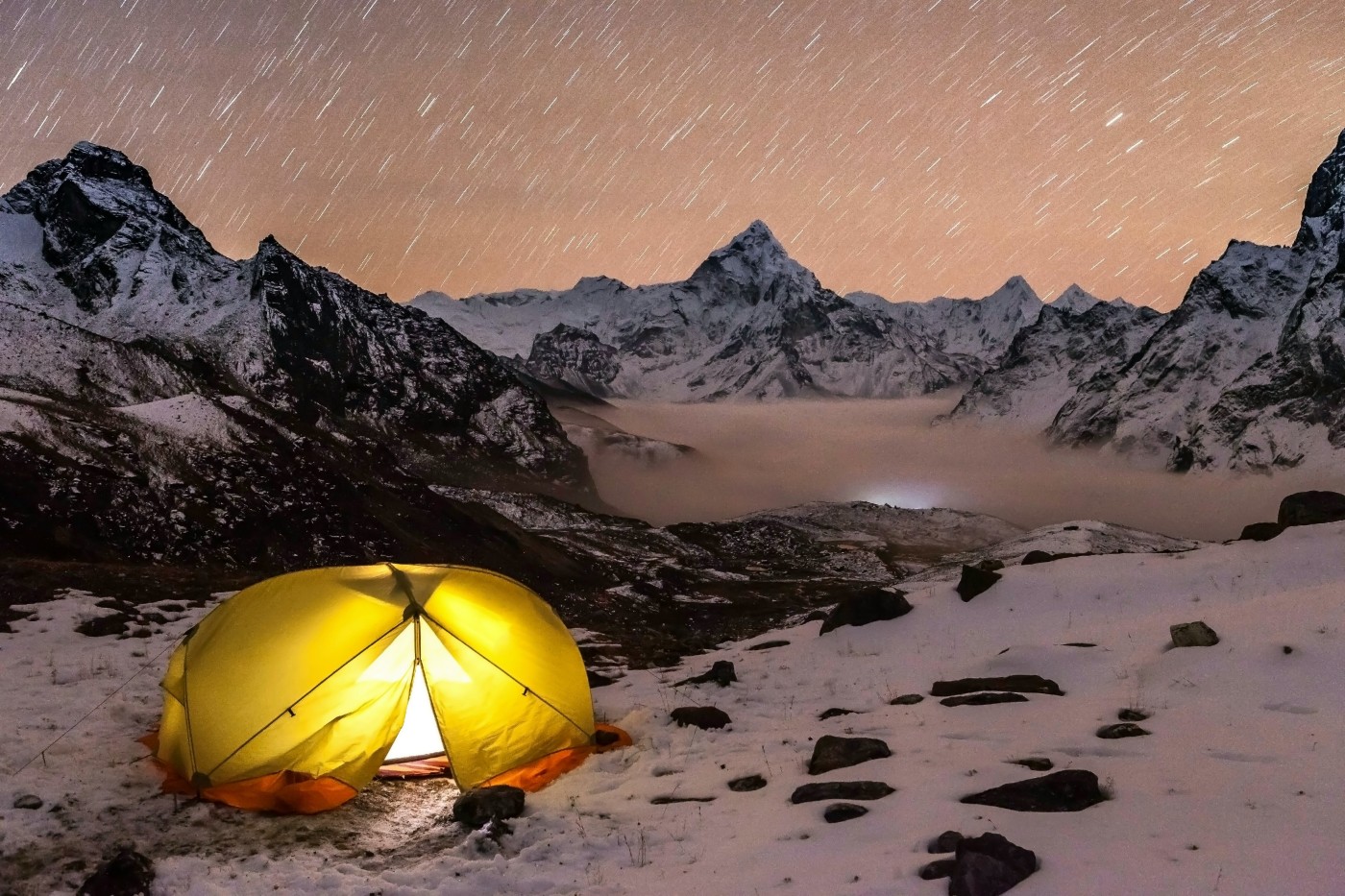Planning a trip to the breathtaking Himalayan nation and wondering about the best time to visit Nepal? You’re in the right place! Nepal is a land of extremes, offering a unique blend of adventure, culture, and natural beauty. From the bustling streets of Kathmandu to the serene tranquility of the Himalayas, Nepal has something to offer every traveler. However, the diverse climate and seasons can significantly impact your experience. Let’s dive into the best time to visit Nepal based on your interests and preferences.
Spring: Rhododendrons and Clear Skies
March to May
Spring is a magical time to visit Nepal, with the best time to visit Nepal for nature lovers and trekkers alike. The weather is pleasant, with clear skies and mild temperatures ranging from 60°F to 80°F (15°C to 27°C) in the lower elevations. This season is perfect for exploring the great outdoors and enjoying the vibrant blooms that carpet the landscapes.
Spring Blooms and Clear Mountain Views
One of the highlights of spring in Nepal is the rhododendron blooms. The national flower of Nepal, rhododendrons transform the hillsides into a riot of red, pink, and white blossoms. The clear skies also offer stunning views of the Himalayan peaks, making it an ideal time for trekking and photography.
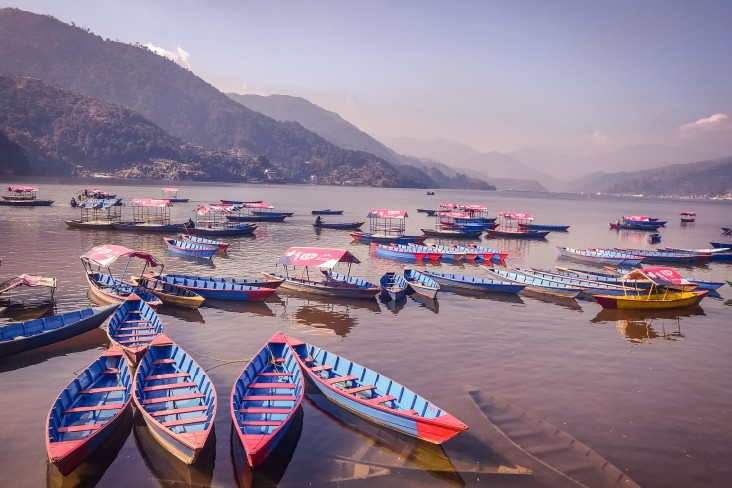
Ideal Activities and Attractions in Spring
Spring is a great time to explore Nepal’s national parks, such as Sagarmatha National Park and Langtang National Park. The clear weather provides excellent opportunities for wildlife spotting, including rare species like the red panda and the Himalayan black bear. Additionally, spring is a fantastic time to visit cultural sites like Lumbini, the birthplace of Buddha, and the ancient cities of the Kathmandu Valley.
Festivals and Events in Spring
Spring is also a festive time in Nepal, with several vibrant celebrations taking place. One of the most popular is Holi, the Festival of Colors, which usually falls in March. This joyous event is celebrated with colorful powders, water balloons, and lively street parties, making it a memorable experience for visitors.
Pros and Cons of Visiting in Spring
Pros:
- Clear skies and mild temperatures
- Vibrant rhododendron blooms
- Excellent trekking conditions
- Festive celebrations like Holi
Cons:
- Can be busy with tourists, especially in popular trekking areas
- Prices for accommodation and flights may be higher
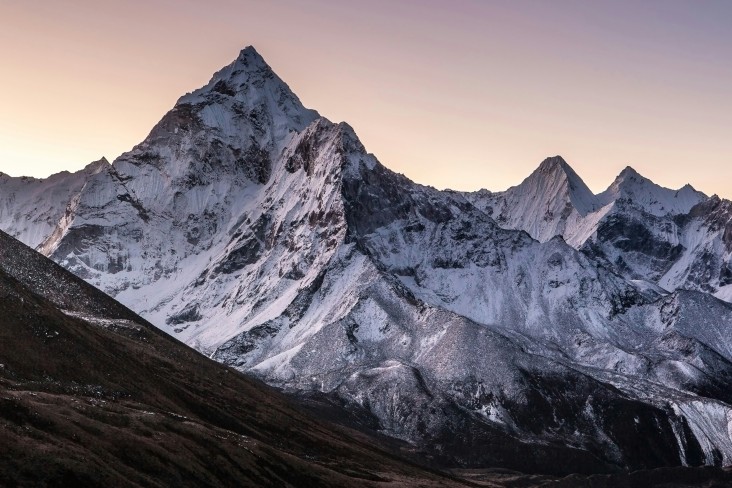
Monsoon Season: Lush Greenery and Cultural Experiences
June to September
The monsoon season in Nepal, from June to September, is often overlooked by tourists, but it can be the best time to visit Nepal for those seeking a unique and authentic experience. The weather is hot and humid, with frequent rain showers that bring the landscapes to life with lush greenery.
Lush Landscapes and Cultural Immersion
The monsoon season transforms Nepal into a verdant paradise, with rice paddies and terraced fields bursting with life. This is an excellent time to explore local villages and farms, offering a glimpse into the rural lifestyle of Nepal. The cultural immersion opportunities are abundant, with festivals and traditional practices taking place throughout the season.
Festivals and Events During the Monsoon
Several festivals occur during the monsoon season, providing a unique insight into Nepal’s cultural heritage. Janai Purnima, also known as Raksha Bandhan, is celebrated in August and involves the tying of sacred threads around the wrists of loved ones for protection. Gai Jatra, the Festival of Cows, is another notable event that honors the departed souls and is celebrated with colorful processions and traditional dances.
Pros and Cons of Visiting During the Monsoon
Pros:
- Lush greenery and vibrant landscapes
- Authentic cultural experiences
- Fewer tourists and lower prices
- Unique festivals and events
Cons:
- Hot and humid weather
- Frequent rain showers
- Limited trekking opportunities due to muddy trails and leeches
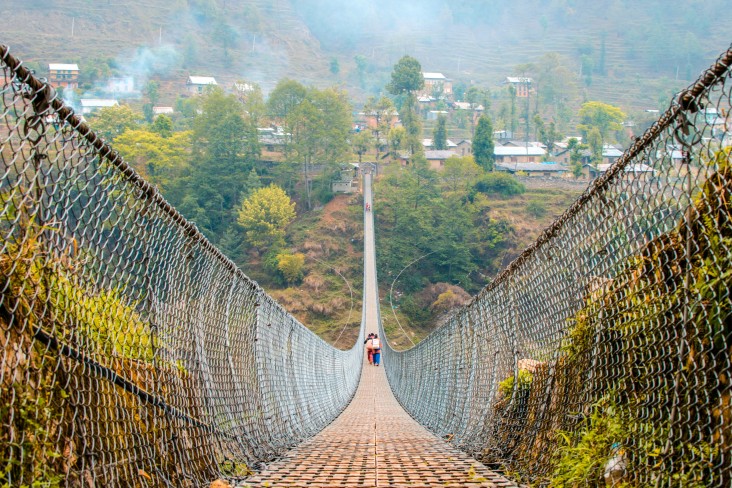
Fall: Trekking Season and Festivals
October to November
Fall is widely considered the best time to visit Nepal, especially for trekkers and adventure enthusiasts. The weather is pleasant, with clear skies and mild temperatures ranging from 60°F to 75°F (15°C to 24°C) in the lower elevations. This season offers the perfect conditions for exploring the Himalayas and enjoying the vibrant festivals that take place.
Peak Trekking Season
Fall is the peak trekking season in Nepal, with ideal conditions for tackling the country’s famous trails. Popular trekking routes like the Everest Base Camp Trek and the Annapurna Circuit are bustling with activity, offering stunning views of the snow-capped peaks and vibrant autumn foliage. The clear weather also provides excellent opportunities for photography and wildlife spotting.
Major Fall Festivals and Events
Fall is a festive time in Nepal, with several major celebrations taking place. Dashain, the longest and most auspicious festival in Nepal, is celebrated in October and involves family reunions, feasts, and traditional rituals. Tihar, the Festival of Lights, follows shortly after Dashain and is celebrated with colorful rangolis, candlelit homes, and lively street processions.
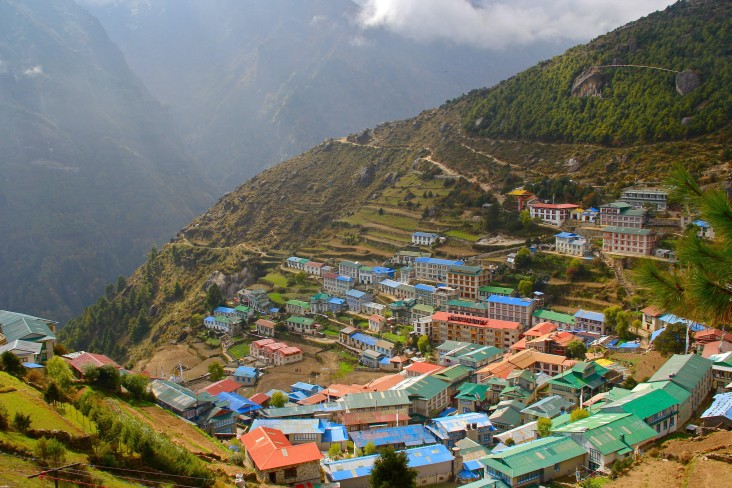
Pros and Cons of Visiting in Fall
Pros:
- Ideal trekking conditions
- Clear skies and mild temperatures
- Vibrant festivals and events
- Stunning autumn foliage
Cons:
- Can be busy with tourists, especially in popular trekking areas
- Prices for accommodation and flights may be higher
Winter: Snowy Peaks and Mild Lowlands
December to February
Winter in Nepal, from December to February, offers a unique and contrasting experience, making it the best time to visit Nepal for those seeking snowy adventures and cultural immersion. The weather is cold in the mountains, with temperatures dropping below freezing, but the lowlands remain mild and pleasant.
Winter Activities and Attractions
Winter is an excellent time to explore the snowy peaks of the Himalayas, with popular activities including skiing, snowboarding, and snowshoeing. The clear skies also offer stunning views of the mountain ranges, making it a great time for photography and scenic flights. Additionally, winter is a fantastic time to visit the lowlands, where the weather is mild and pleasant, perfect for exploring cultural sites and wildlife spotting.
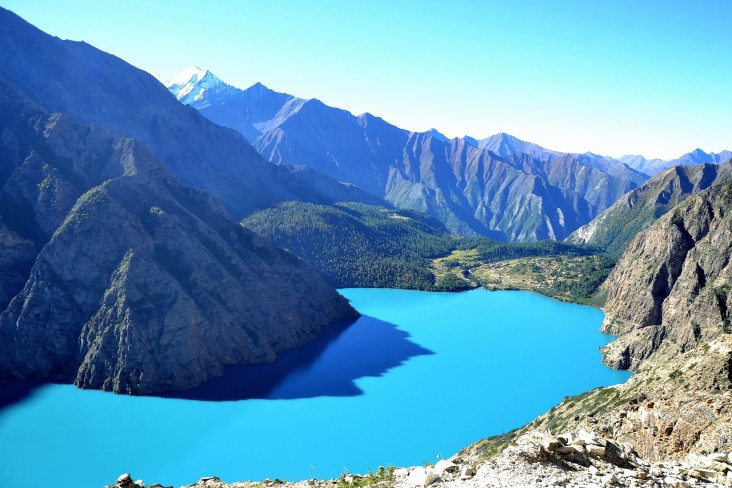
Festivals and Events in Winter
Winter is a festive time in Nepal, with several unique celebrations taking place. Losar, the Tibetan New Year, is celebrated in February and involves colorful processions, traditional dances, and lively street parties. This festival offers a unique insight into the Tibetan culture and is a memorable experience for visitors.
Pros and Cons of Visiting in Winter
Pros:
- Snowy adventures and scenic views
- Mild and pleasant weather in the lowlands
- Unique festivals and events
- Fewer tourists and lower prices
Cons:
- Cold temperatures in the mountains
- Limited trekking opportunities due to snow and ice
Best Time for Trekking in Nepal
When determining the best time to visit Nepal for trekking, it’s essential to consider the weather conditions and trail accessibility. The ideal seasons for trekking are spring (March to May) and fall (October to November), when the weather is clear, and the trails are in excellent condition.
Popular Trekking Routes and Their Best Times
- Everest Base Camp Trek: Best time to visit is in spring (March to May) and fall (October to November) for clear skies and mild temperatures.
- Annapurna Circuit: Best time to visit is in spring (March to May) and fall (October to November) for ideal trekking conditions and stunning views.
- Langtang Valley Trek: Best time to visit is in spring (March to May) and fall (October to November) for vibrant landscapes and clear mountain views.
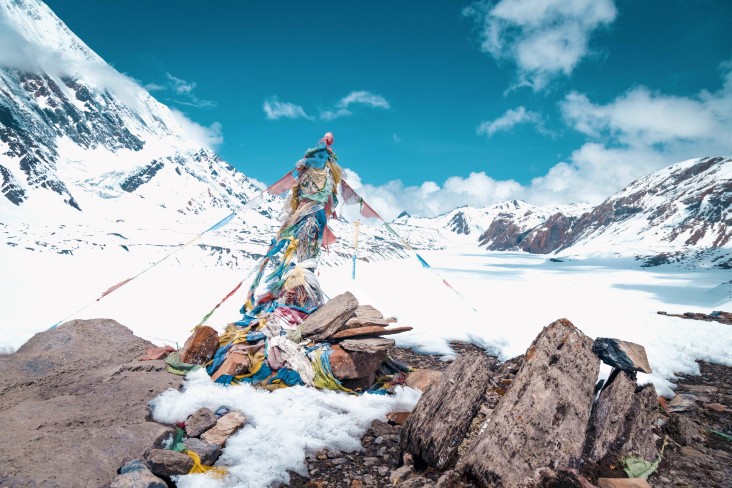
Tips for Trekking in Nepal
- Always hire a licensed guide for safety and local knowledge.
- Pack appropriate gear for the season, including warm clothing, rain gear, and sturdy footwear.
- Stay hydrated and acclimatize properly to avoid altitude sickness.
- Respect local customs and traditions, and follow Leave No Trace principles.
Best Time for Wildlife Spotting
Nepal is home to a diverse range of wildlife, and the best time to visit Nepal for wildlife spotting depends on the species and habitats you wish to explore. The ideal seasons for wildlife spotting are spring (March to May) and fall (October to November), when the weather is clear, and the animals are most active.
Popular National Parks and Their Best Times
- Chitwan National Park: Best time to visit is in spring (March to May) and fall (October to November) for spotting one-horned rhinoceros, Bengal tigers, and various bird species.
- Bardia National Park: Best time to visit is in spring (March to May) and fall (October to November) for spotting Bengal tigers, elephants, and crocodiles.
- Sagarmatha National Park: Best time to visit is in spring (March to May) and fall (October to November) for spotting Himalayan black bears, red pandas, and various bird species.
Tips for Wildlife Spotting in Nepal
- Hire a knowledgeable local guide for the best chances of spotting wildlife.
- Be patient and quiet, and respect the animals’ space.
- Wear neutral-colored clothing to blend in with the environment.
- Follow park rules and regulations to ensure the safety and well-being of the wildlife.
Weather Considerations
When determining the best time to visit Nepal, it’s crucial to consider the weather conditions and their impact on your travel plans and activities. Nepal experiences a diverse climate, with four distinct seasons that significantly affect the landscapes and travel experiences.
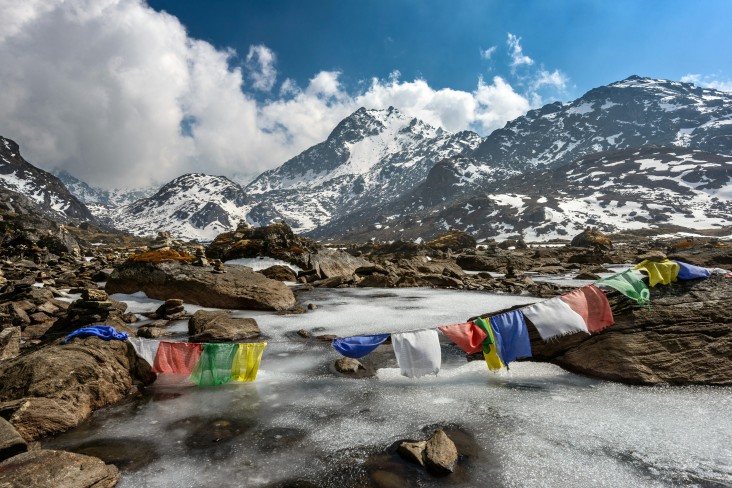
Understanding Nepal’s Diverse Climate
- Spring (March to May): Mild temperatures and clear skies, ideal for trekking and outdoor activities.
- Monsoon (June to September): Hot and humid weather with frequent rain showers, bringing lush greenery and cultural immersion opportunities.
- Fall (October to November): Pleasant temperatures and clear skies, perfect for trekking and festivals.
- Winter (December to February): Cold temperatures in the mountains and mild weather in the lowlands, offering snowy adventures and cultural experiences.
How Weather Affects Travel Plans and Activities
The weather in Nepal can significantly impact your travel plans and activities, from trekking and wildlife spotting to cultural immersion and festivals. It’s essential to research the weather conditions for your desired activities and plan accordingly to ensure a memorable and enjoyable experience.
Budget and Crowd Considerations
When determining the best time to visit Nepal, it’s also important to consider the budget and crowd levels, as these factors can significantly impact your travel experience. The peak tourist seasons, such as spring and fall, tend to be busier and more expensive, while the shoulder seasons and low season offer fewer crowds and lower prices.
Peak Tourist Seasons and Their Impact on Budget and Crowds
- Spring (March to May): Busy with tourists, especially in popular trekking areas, with higher prices for accommodation and flights.
- Fall (October to November): Peak trekking season with clear skies and mild temperatures, resulting in larger crowds and higher prices.
Shoulder Seasons and Low Season
- Monsoon (June to September): Fewer tourists and lower prices, offering a unique and authentic experience with lush greenery and cultural immersion opportunities.
- Winter (December to February): Fewer tourists and lower prices, with snowy adventures and cultural experiences in the lowlands.
Tips for Budget-Conscious Travelers
- Travel during the shoulder seasons or low season for fewer crowds and lower prices.
- Book accommodation and flights in advance to secure the best deals.
- Consider visiting less popular but equally stunning destinations to avoid the tourist crowds.
- Engage in local experiences and support local businesses to save money and immerse yourself in the culture.
Regional Variations
When determining the best time to visit Nepal, it’s essential to consider the regional variations in climate and weather conditions. Nepal’s diverse landscape, ranging from the lowlands of the Terai to the high peaks of the Himalayas, results in significant differences in climate and weather patterns across the country.
Climate Differences Across Regions
- Terai (Lowlands): Hot and humid climate with mild winters, ideal for wildlife spotting and cultural experiences.
- Hill Region: Moderate climate with pleasant temperatures year-round, perfect for trekking and outdoor activities.
- Mountain Region: Cold climate with snowy winters, offering stunning mountain views and adventure sports.
Best Times to Visit Specific Regions
- Terai (Lowlands): Best time to visit is in winter (December to February) for mild weather and wildlife spotting.
- Hill Region: Best time to visit is in spring (March to May) and fall (October to November) for ideal trekking conditions and clear mountain views.
- Mountain Region: Best time to visit is in spring (March to May) and fall (October to November) for stunning mountain views and adventure sports.
Conclusion
In conclusion, the best time to visit Nepal ultimately depends on your personal preferences and what you hope to experience during your trip. Whether you’re drawn to the vibrant rhododendron blooms of spring, the lush greenery of the monsoon season, the clear skies and festivals of fall, or the snowy adventures of winter, Nepal offers a unique and memorable experience throughout the year. So, pack your bags and get ready to explore the enchanting landscapes and rich cultural heritage of Nepal – no matter when you choose to visit, you’re sure to have an unforgettable adventure!

